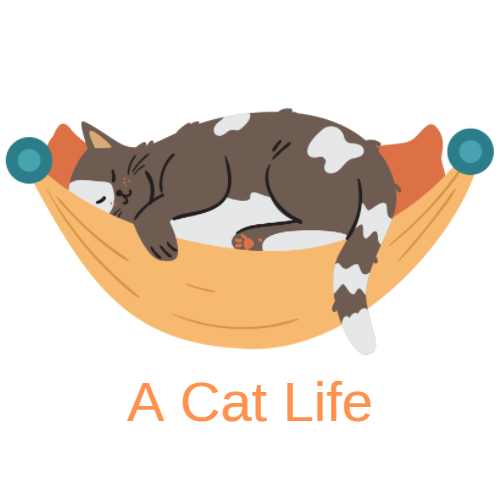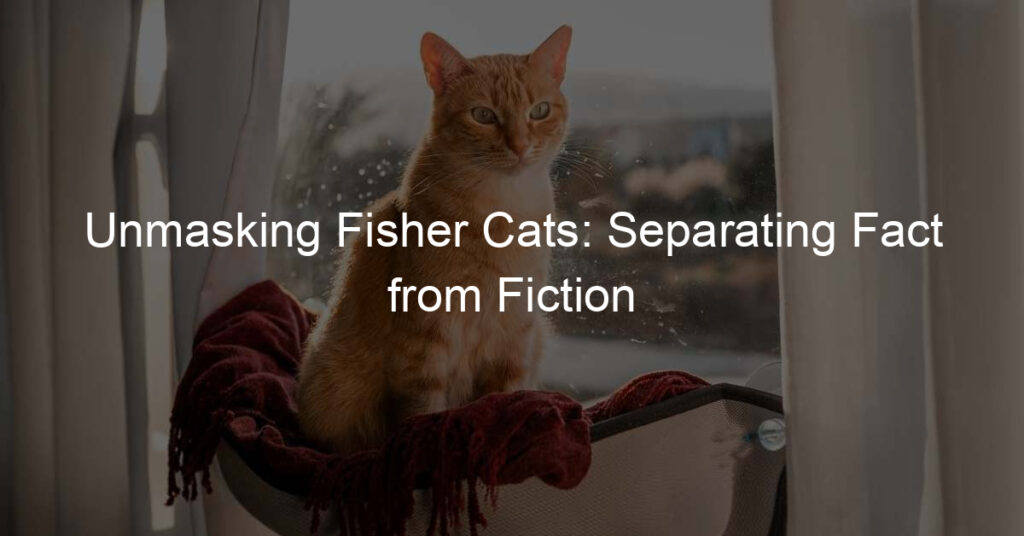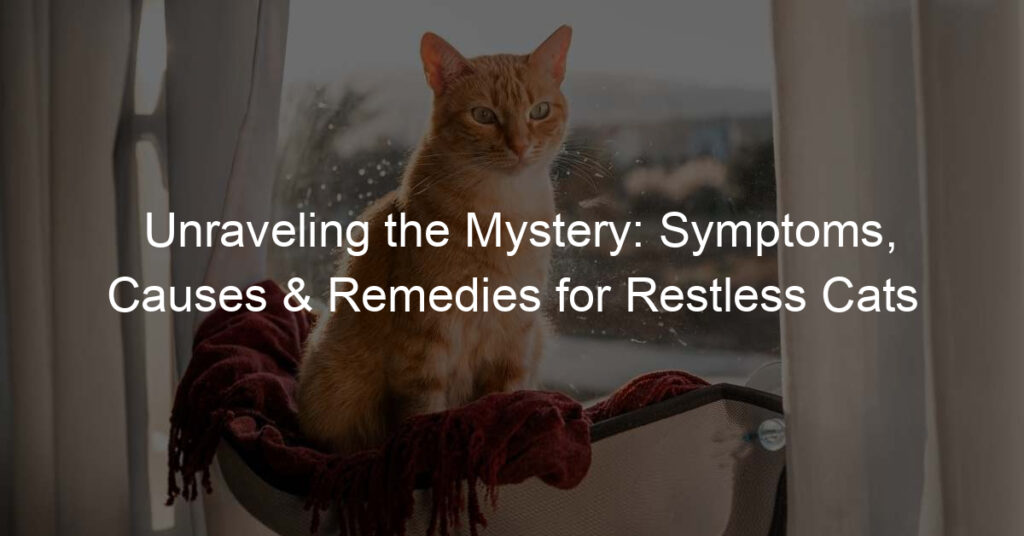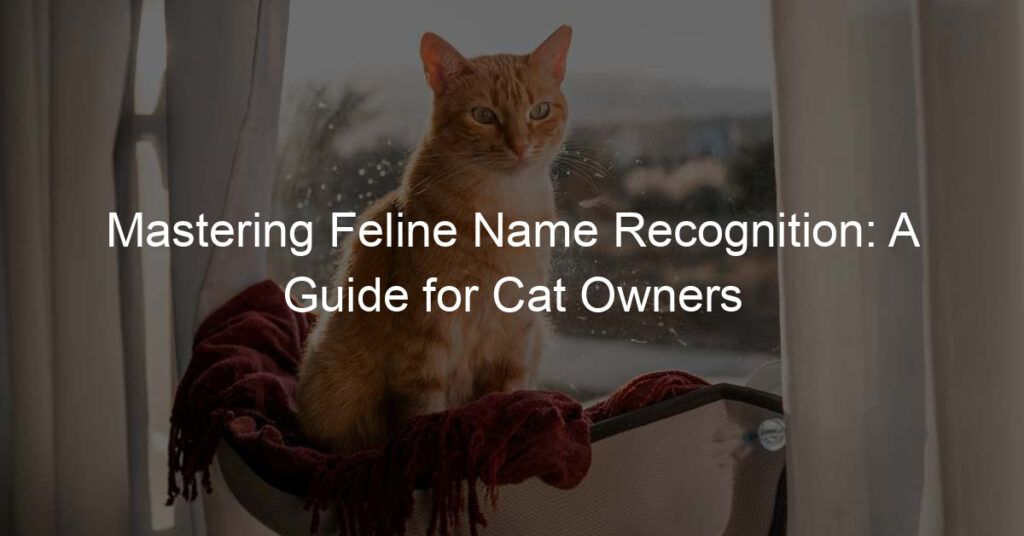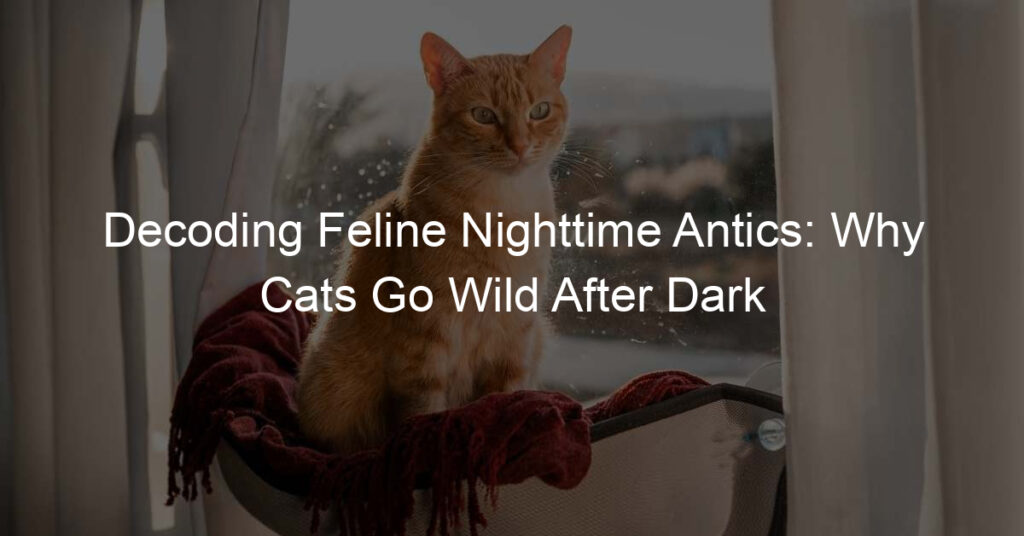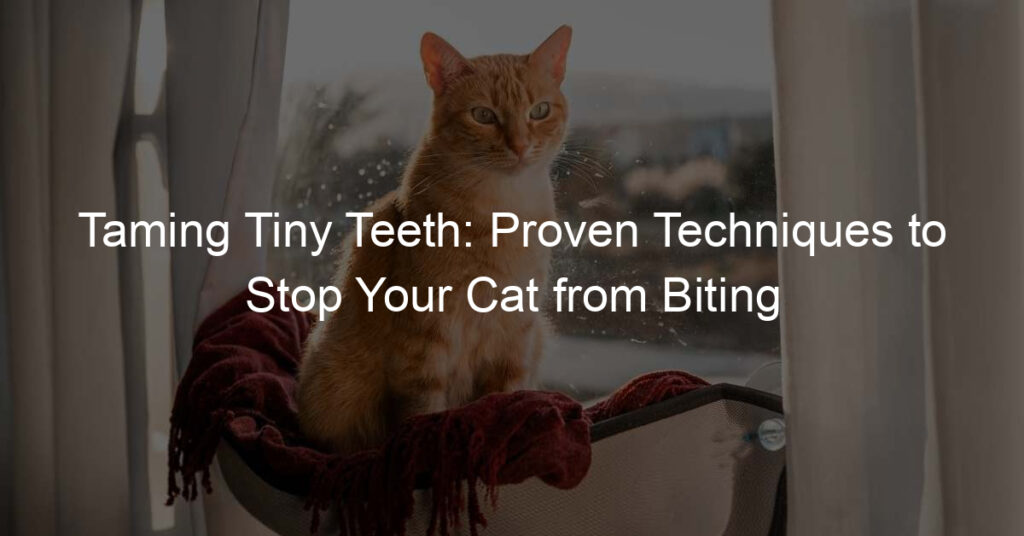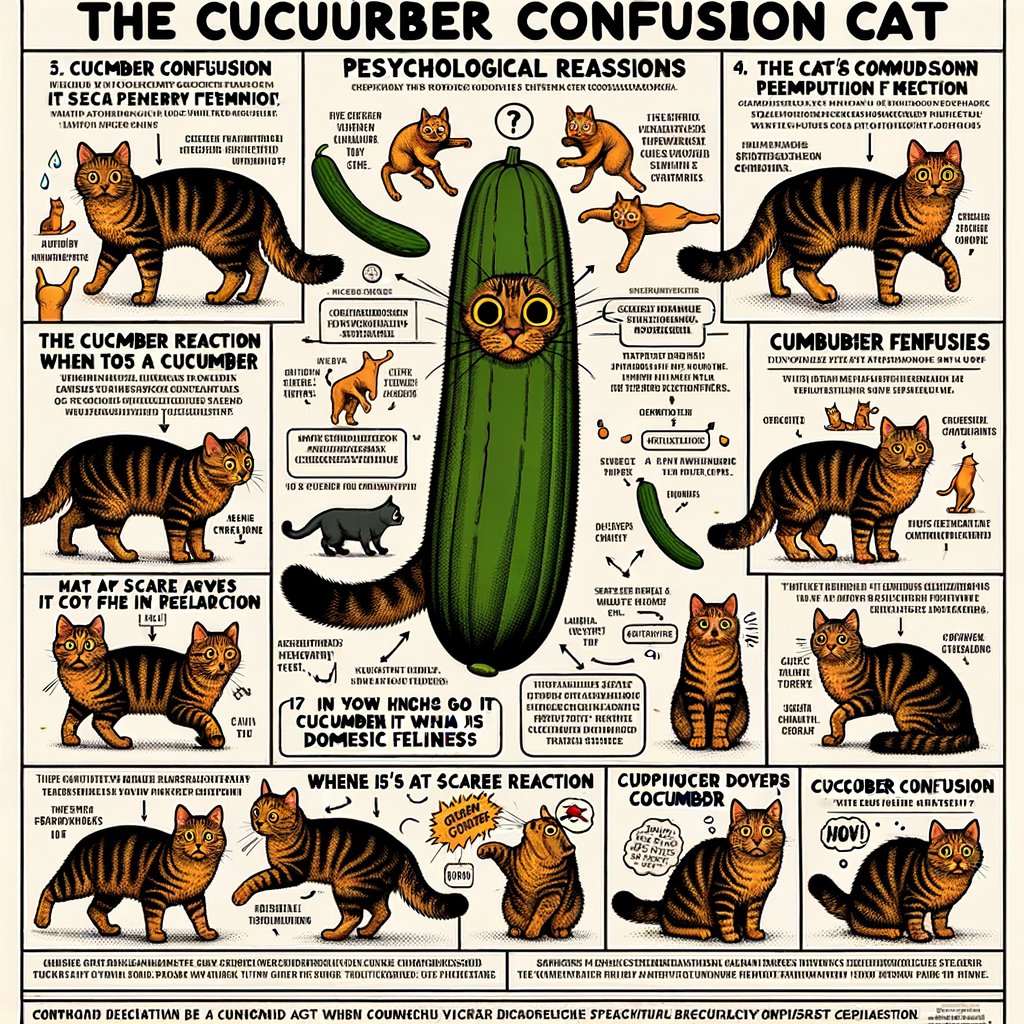
Introduction: The Curious Case of Cats and Cucumbers
Have you ever wondered why cats seem to be terrified of cucumbers? This peculiar behavior has become a viral phenomenon, with countless videos circulating on the internet showing cats jumping in fear at the sight of a harmless cucumber. This article aims to shed light on this curious case and delve into the basics of cat behavior.
- Exploring the viral phenomenon
It all started with a few videos posted online. A cat would be peacefully eating or playing, and then suddenly, a cucumber would be placed behind it. The unsuspecting cat would turn around, see the cucumber, and leap into the air in fright. This reaction was so unexpected and amusing that it quickly became a viral sensation. People all over the world started testing this theory with their own cats, and the results were the same. Cats, it seemed, were inexplicably afraid of cucumbers.
- Understanding the basics of cat behavior
Cats are known for their curious and independent nature. They are also creatures of habit and prefer a stable and predictable environment. Any sudden change or unexpected object can trigger a fear response in them. This is a survival instinct, as in the wild, anything new or unusual could potentially be a threat. However, the fear of cucumbers seems to be a unique case. It’s not just the surprise factor, but something specific about cucumbers that seems to frighten cats.
As we delve deeper into this topic, we will explore the psychology behind cats’ fears, the specific reaction to cucumbers, and the impact of this fear on their behavior. So, let’s embark on this fascinating journey to understand our feline friends better.
Understanding Cat Fears: A Look into Feline Psychology
When it comes to understanding our feline friends, it’s important to delve into their psychology. Cats, like humans, experience fear, and it’s crucial to understand what triggers these fears and how they develop. This knowledge can help us create a safer, more comfortable environment for our beloved pets.
- Common fears in cats
- How fears develop in cats
There are several common fears that cats may experience. These include fear of loud noises, fear of strangers, and fear of unfamiliar environments. Some cats may also have specific phobias, such as fear of water or fear of certain types of objects. It’s important to note that each cat is unique, and what may frighten one cat may not bother another.
Fears in cats can develop in a variety of ways. Some fears may be instinctual, such as the fear of predators. Other fears may develop as a result of negative experiences. For example, a cat that has been trapped in a small space may develop a fear of confinement. Additionally, some fears may develop as a result of a lack of socialization during the cat’s early life. Understanding how these fears develop can help us better support our feline friends.
In conclusion, understanding cat fears involves recognizing the common fears that cats experience and understanding how these fears develop. By gaining insight into feline psychology, we can better understand and support our feline friends.
Cat Fear Triggers: What Causes Fear in Cats?
Just like humans, cats also experience fear. This fear can be triggered by various factors. Let’s delve into some of the most common triggers of fear in cats.
- Unexpected Objects
- Loud Noises
- Changes in Environment
Imagine walking into a room and finding an object that wasn’t there before. It’s startling, isn’t it? Cats feel the same way. An unexpected object in their familiar environment can cause fear and anxiety. This is because cats are creatures of habit and any change in their surroundings can be unsettling. For instance, the viral videos of cats getting scared of cucumbers. The cucumbers are unexpected objects in the cat’s environment, causing them to react in fear.
Have you ever noticed your cat running away or hiding during a thunderstorm or when the vacuum cleaner is on? This is because cats have a heightened sense of hearing. Loud noises can be overwhelming and scary for them. In fact, according to a study, 50% of cats showed signs of fear when exposed to loud noises.
Changes in the environment can be a big fear trigger for cats. This could be a move to a new house, a new pet or even a new piece of furniture. Cats are territorial animals and they feel safe in their known surroundings. Any change can cause them to feel insecure and fearful. A survey showed that 30% of cat owners reported their cats showing signs of fear when their environment was changed.
Understanding these fear triggers can help us create a safe and comfortable environment for our feline friends. Remember, a happy cat is a healthy cat!
The Cat and Cucumber Reaction: Why Cats Fear Cucumbers
Have you ever wondered why your feline friend jumps out of their fur at the sight of a harmless cucumber? It’s a curious phenomenon that has puzzled cat owners and enthusiasts alike. Let’s delve into the reasons behind this peculiar cat behavior.
- The Role of Surprise
- Association with Predators
- Case Study: Cat’s Reaction to Cucumber
One of the primary reasons cats fear cucumbers is the element of surprise. Cats are naturally cautious creatures. When a cucumber suddenly appears behind them while they’re eating or relaxing, it can startle them. This unexpected encounter triggers their instinctive flight response, causing them to jump or flee.
Another theory suggests that the shape and color of cucumbers may remind cats of predators, such as snakes. Cats are hardwired to avoid potential threats, and a cucumber lying silently on the floor could be mistaken for a lurking predator, causing a fear response.
Consider the case of Fluffy, a two-year-old domestic shorthair. When her owner placed a cucumber behind her while she was eating, Fluffy leaped into the air and darted away. This reaction was not due to any previous negative experience with cucumbers, but rather a result of the surprise factor and possible association with a predator. This case study illustrates the typical cat and cucumber reaction.
Understanding these reactions can help us create a safer and more comfortable environment for our feline friends. Always remember, it’s important to respect your cat’s space and avoid causing them unnecessary stress or fear.
Cucumber Confusion: Debunking Myths
There are a couple of common misconceptions that have been circulating about cats and cucumbers. Let’s take a moment to debunk these myths and set the record straight.
- Myth 1: Cats think cucumbers are snakes
- Myth 2: All cats fear cucumbers
Many people believe that cats mistake cucumbers for snakes, causing them to react in fear. This myth likely originated from viral videos showing cats jumping in surprise when they encounter a cucumber. However, there is no scientific evidence to support this claim. Cats are instinctively wary of unknown objects in their environment, and their reaction to cucumbers is more likely due to the unexpected presence of an unfamiliar object rather than mistaking it for a snake.
Another common myth is that all cats are afraid of cucumbers. This is not true. While some cats may react with surprise or fear when they encounter a cucumber, not all cats exhibit this behavior. Each cat is unique and has its own set of fears and preferences. Some cats may not react at all to a cucumber, while others may be curious and approach it. It’s important to remember that forcing a cat to confront its fears can cause stress and anxiety, so it’s best to let your cat explore new objects at its own pace.
In conclusion, while it’s entertaining to watch cats react to cucumbers, it’s essential to understand the facts behind their behavior. Cats do not inherently fear cucumbers, nor do they mistake them for snakes. Their reactions are more likely due to the surprise of encountering an unexpected object in their environment.
Effects of Fear on Cat Behavior: The Impact of Cucumber Confusion
When it comes to understanding our feline friends, it’s important to consider how fear can impact their behavior. One peculiar example of this is the infamous cat and cucumber scenario. But why does this seemingly harmless vegetable cause such a stir? Let’s delve deeper into the effects of fear on cat behavior, particularly focusing on the stress and anxiety it can cause, and the long-term effects of such fear triggers.
- Stress and anxiety in cats
- Long-term effects of fear triggers
Just like humans, cats can experience stress and anxiety. This can be triggered by various factors, including sudden changes in their environment. The unexpected appearance of a cucumber, for instance, can cause a stress response. This is because cats are naturally cautious creatures. When they see an unfamiliar object in their territory, they may perceive it as a potential threat. This can lead to heightened stress and anxiety levels, which can manifest in various ways, such as excessive grooming, changes in eating habits, or even aggression.
Repeated exposure to fear triggers can have long-term effects on a cat’s behavior. If a cat is repeatedly startled by cucumbers, it may start to associate its feeding area with fear, leading to eating disorders or avoidance of the area altogether. Over time, this chronic stress can even lead to health issues such as a weakened immune system, heart problems, and behavioral changes. Therefore, it’s crucial to create a safe and stress-free environment for our feline friends.
In conclusion, while the videos of cats jumping at the sight of cucumbers may seem amusing, it’s important to remember that this represents a real fear response. As responsible pet owners, we should aim to understand and mitigate the sources of fear and stress in our pets’ lives, ensuring they feel safe and secure in their environment.
Key Takeaways: Understanding and Addressing Cat Fears
- Recognizing signs of fear in cats
- How to help your cat overcome fears
- When to seek professional help
It’s crucial to understand your feline friend’s behavior. Cats often exhibit signs of fear through body language. They may hide, hiss, or puff up their fur. Their ears may flatten, and their pupils may dilate. These are all signs that your cat is scared. It’s important to note these signs so you can help your cat feel safe.
Helping your cat overcome their fears can be a gradual process. Start by creating a safe and comfortable environment for them. Avoid sudden movements or loud noises that might startle them. Try to introduce new things slowly and reward your cat for their bravery with treats or affection. Remember, patience is key when helping your cat overcome their fears.
If your cat’s fear seems severe or is affecting their quality of life, it might be time to seek professional help. A vet or a pet behaviorist can provide guidance and treatment options. They can help identify the root cause of the fear and suggest ways to help your cat feel more comfortable. Don’t hesitate to seek help if you’re worried about your cat’s fear.
| Signs of Fear | Ways to Help | When to Seek Help |
|---|---|---|
| Hiding, hissing, puffing up fur, flattened ears, dilated pupils | Creating a safe environment, avoiding sudden movements, introducing new things slowly, rewarding bravery | If fear is severe or affecting quality of life |
Conclusion: Decoding the Feline Fear of Cucumbers
As we reach the end of our exploration into the peculiar fear cats have towards cucumbers, it’s important to summarize our findings and reflect on what we’ve learned about feline behavior and fears.
- Summary of Key Points
- Final Thoughts on Cat Behavior and Fears
Our journey began with the curious case of cats and cucumbers, where we discovered that this fear is not unique to cucumbers but extends to any unexpected object. We delved into feline psychology and learned that cats are creatures of habit and any sudden change in their environment can trigger a fear response. This fear response was further examined in ‘The Cat and Cucumber Reaction’, where we found that the fear of cucumbers is more about the surprise factor than the cucumber itself. Lastly, we discussed the impact of such fears on cat behavior, noting that prolonged exposure to stress can lead to negative health effects in cats.
Understanding our feline friends’ fears and behaviors is crucial for their well-being. Cats, like humans, have their own unique set of fears and anxieties. It’s our responsibility as pet owners to ensure that we create a safe and comfortable environment for them. Let’s remember that what may seem amusing to us might be terrifying for them. So, the next time you think about surprising your cat with a cucumber, think again. It’s always better to treat our pets with kindness and respect.
As the famous quote by Roger Caras goes, “Cats are not our whole life, but they make our lives whole”. Let’s strive to understand them better and make their lives as wholesome as they make ours.
